- Benefits of Using Whitewash
- 1. Natural Pest Control
- 2. Reflects Sunlight
- 3. Regulates Temperature
- 4. Reduces Evaporation
- 5. Easy to Apply and Remove
- 6. Cost-effective
- How Whitewash Protects Against Aphids
- 1. Reflects sunlight
- 2. Creates a physical barrier
- 3. Masks plant odor
- 4. Provides a cooling effect
- Ways Whitewash Controls Moths
- Whitewash as a Defense Against Fungi
- How does whitewash protect against fungi?
- Benefits of using whitewash as a defense against fungi
- Limitations of using whitewash as a defense against fungi
- Conclusion
- Using Whitewash for Organic Gardening
- What is Whitewash?
- How Does Whitewash Work?
- How to Make Whitewash
- How to Apply Whitewash
- Benefits of Using Whitewash in Organic Gardening
- Applying Whitewash to Trees and Plants
- Materials Needed
- Steps to Apply Whitewash
- Additional Tips
- Question-answer:
- Why should I use whitewash to protect my plants?
- How do I make whitewash?
- Can I use whitewash on all types of plants?
- How often should I apply whitewash?
- Are there any alternatives to whitewash?
- Can whitewash be harmful to beneficial insects?
- What are some signs that whitewash is not effective?
- Video: Controlling aphids in the greenhouse and garden
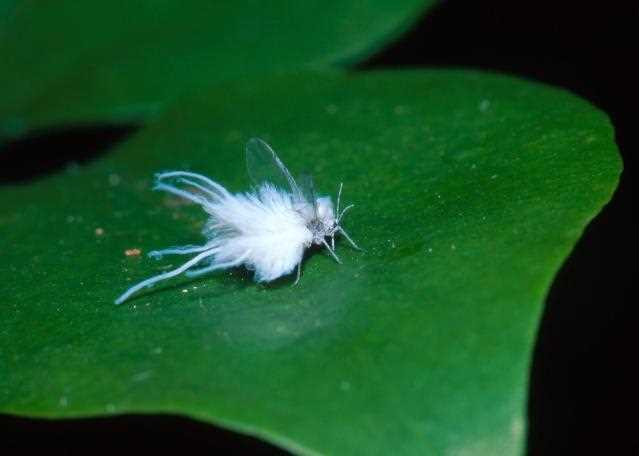
Whitewash has been used for centuries as a simple and effective method of protecting plants against common pests such as aphids, moths, and fungi. This traditional technique involves applying a mixture of lime, water, and other natural substances to the stems and leaves of plants, creating a protective barrier that deters pests and helps prevent disease.
One of the key advantages of whitewash is its simplicity. Unlike chemical pesticides, which can be harmful to both plants and the environment, whitewash is made from natural ingredients that are safe and non-toxic. It can be easily mixed at home using readily available materials, making it an affordable and environmentally friendly option for gardeners.
Whitewash not only acts as a physical barrier, but it also reflects sunlight, helping to regulate the temperature of plants. This can be particularly beneficial during hot summer months when plants are at risk of heat stress. By keeping plants cool and protected, whitewash helps to maintain their health and vitality, ensuring they can continue to thrive.
“Whitewash is a time-tested method that has been used for generations to protect plants from pests and diseases.”
In addition to its protective properties, whitewash can also enhance the appearance of plants, giving them a fresh and clean look. This can be especially appealing in a garden setting, where the visual appeal of plants is important. Whitewash can be used on a variety of plants, including fruit trees, ornamental shrubs, and vegetable gardens, making it a versatile solution for all types of gardeners.
Overall, whitewash offers a simple yet effective way to protect plants from damage caused by aphids, moths, and fungi. With its natural ingredients, affordability, and ease of use, it is a popular choice among gardeners who are looking for a safe and environmentally friendly method of pest control.
Benefits of Using Whitewash
Whitewash is a simple and effective method for protecting plants against aphids, moths, and fungi. It offers several benefits that make it a popular choice among gardeners and farmers.
1. Natural Pest Control
Whitewash is made from natural ingredients such as lime and water, making it an eco-friendly alternative to chemical pesticides. It forms a protective barrier on the plant’s surface, deterring aphids and moths from laying eggs and preventing fungi from spreading.
2. Reflects Sunlight
Whitewash has a high reflectance value, which means it reflects a significant amount of sunlight. This is particularly beneficial in hot climates where plants can suffer from sunburn or heat stress. The reflective nature of whitewash helps to reduce the temperature of the plant’s leaves, preventing damage and promoting healthy growth.
3. Regulates Temperature
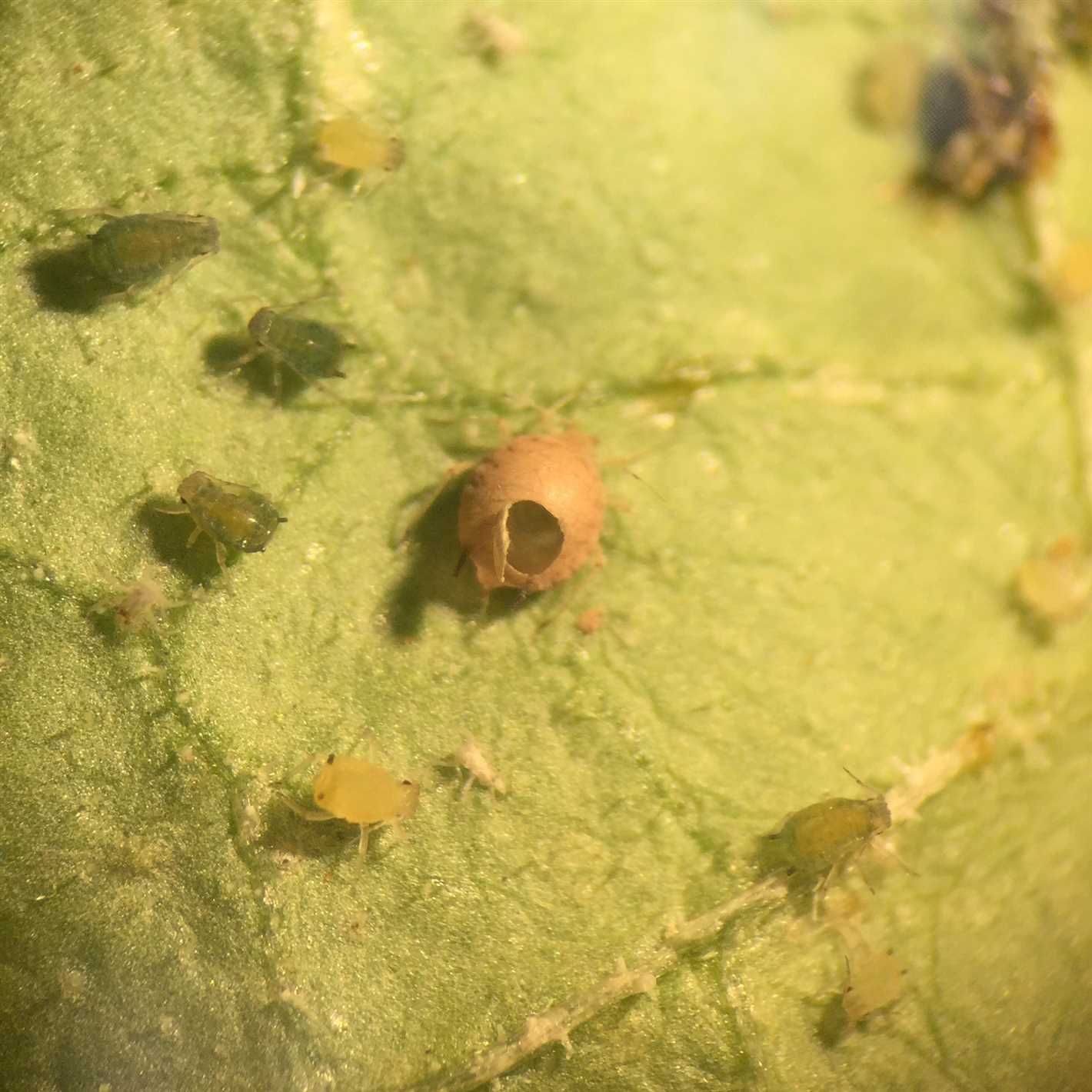

The reflective properties of whitewash also help to regulate the temperature of plants. In addition to reducing heat stress, it can also prevent freezing in colder climates. By reflecting sunlight during the day and trapping heat at night, whitewash provides a stable microclimate for plants, ensuring optimal conditions for growth.
4. Reduces Evaporation
Another advantage of whitewash is that it can help reduce evaporation from the plant’s leaves. By creating a thin film on the surface, it slows down moisture loss, allowing plants to retain water for longer periods. This is especially useful in dry and arid regions where water conservation is crucial.
5. Easy to Apply and Remove
Whitewash is easy to apply and remove, making it a convenient solution for plant protection. It can be sprayed or painted onto the plant’s surface, and it easily washes off with water when no longer needed. This versatility makes whitewash a popular choice for both small-scale and large-scale farming operations.
6. Cost-effective
Compared to other forms of plant protection, whitewash is a cost-effective option. The materials used to make whitewash are inexpensive and readily available. Additionally, its long-lasting effects mean that less frequent applications are needed, saving both time and money.
In conclusion, whitewash offers several benefits including natural pest control, sunlight reflection, temperature regulation, reduced evaporation, ease of application and removal, and cost-effectiveness. Its simplicity and effectiveness make it a valuable tool for protecting plants against aphids, moths, and fungi.
How Whitewash Protects Against Aphids
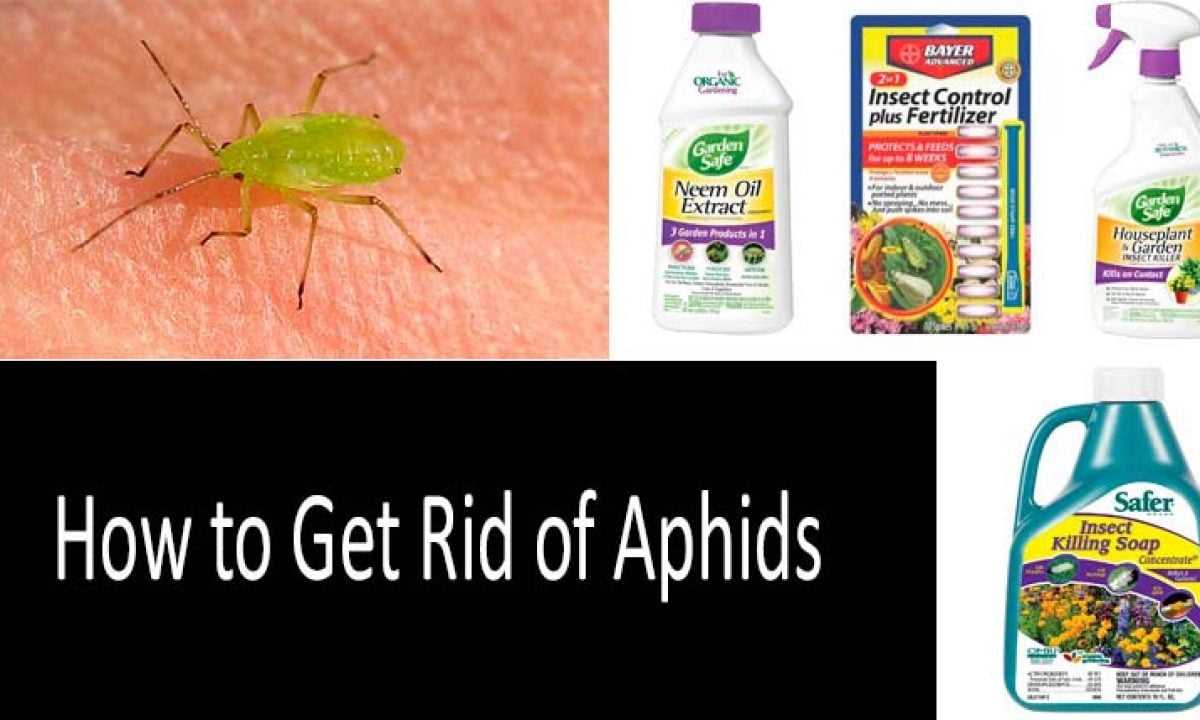

Aphids are a common garden pest that can cause significant damage to crops. They feed on plant sap and can quickly multiply, leading to stunted growth and a decline in plant health. However, whitewash can provide a simple and effective solution for protecting plants against aphids.
1. Reflects sunlight
One of the main ways that whitewash protects against aphids is by reflecting sunlight. Whitewash is a mixture of water, lime, and chalk that is applied to plant leaves and stems. When the sunlight hits the whitewashed surfaces, it creates a bright, reflective barrier that can disorient and deter aphids.
2. Creates a physical barrier
In addition to reflecting sunlight, whitewash also creates a physical barrier between the aphids and the plants. The thick layer of whitewash can make it difficult for aphids to reach the plant sap, preventing them from feeding and causing damage. This physical barrier also makes it harder for aphids to lay eggs on the plants, reducing the potential for further infestations.
3. Masks plant odor
Aphids are attracted to the odor of plants, particularly those that are healthy and nutrient-rich. However, whitewash can help mask the plant odor and make it less appealing to aphids. By reducing the attractiveness of the plants, whitewash can help discourage aphids from infesting them in the first place.
4. Provides a cooling effect
Another benefit of whitewash is its ability to provide a cooling effect on plants. During hot summer days, the reflective properties of whitewash can help to lower the temperature of the plant’s surface. This can be beneficial for aphid control as aphids tend to thrive in warm conditions. By keeping the plants cool, whitewash can create an unfavorable environment for aphids and make it more difficult for them to establish and reproduce.
In conclusion, whitewash is a simple and effective method for protecting plants against aphids. It reflects sunlight, creates a physical barrier, masks plant odor, and provides a cooling effect, all of which contribute to deterring aphids and preventing infestations. By implementing whitewash as part of a comprehensive pest control strategy, gardeners can help ensure the health and vitality of their plants.
Ways Whitewash Controls Moths
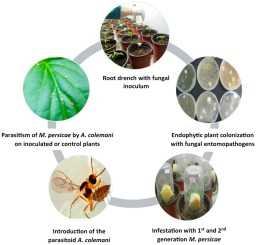

Moths are a common pest and can cause significant damage to plants and crops. Whitewash is a simple and effective solution to control moth infestations. Here are some key ways in which whitewash can control moths:
- Deters Moths: The bright white color of whitewash creates a visual deterrent for moths. Moths are attracted to darker surfaces, so the white coating can help repel them and prevent them from laying eggs on plants.
- Blocks Moth Access: Whitewash creates a physical barrier on the surface of plants, making it difficult for moths to land and lay eggs. This helps protect plants from moth larvae, which can cause extensive damage to leaves and fruits.
- Reflects Light: Whitewash has a reflective property that can confuse moths and disrupt their navigation. Moths use moonlight and artificial light sources to navigate, and the white coating can interfere with their ability to find plants, reducing the likelihood of infestation.
- Masks Plant Odor: Whitewash has a mild scent that can help mask the natural smell of plants, making them less attractive to moths. By reducing the plant’s odor, whitewash can deter moths from approaching and laying eggs.
- Reduces Moth Population: By controlling moth infestations, whitewash helps to reduce the overall moth population in an area. With fewer moths present, there is less risk of damage to plants and crops.
In conclusion, whitewash is an effective method to control moth infestations. Its visual deterrent, physical barrier, light reflection, odor-masking, and population reduction properties make it an excellent choice for protecting plants against moths.
Whitewash as a Defense Against Fungi
Whitewash, a mixture of lime, water, and other additives, has long been used as a protective coating for plants. It forms a physical barrier that can help prevent the growth and spread of fungal diseases on plants.
How does whitewash protect against fungi?
Whitewash creates a thin, breathable film on the surface of plants, which acts as a barrier against fungi. The alkaline nature of lime in the whitewash helps to reduce the pH level on the plant surface, which makes it less favorable for fungi to grow.
Additionally, the reflective properties of whitewash can help to reduce the temperature of the plant’s surface, making it less prone to fungal infections. This is especially useful in hot and sunny climates where high temperatures can create ideal conditions for fungal growth.
Benefits of using whitewash as a defense against fungi
- Prevents fungal infections: By forming a physical barrier and altering the surface conditions of plants, whitewash can effectively prevent the growth and spread of fungal diseases.
- Environmentally friendly: Whitewash is made from natural ingredients, such as lime and water, making it a safe and environmentally friendly option for plant protection.
- Cost-effective: Whitewash is a relatively inexpensive method of plant protection compared to synthetic fungicides and other chemical treatments.
- Easy to apply: Applying whitewash is a simple process that can be done using a brush or sprayer. It does not require extensive training or equipment.
Limitations of using whitewash as a defense against fungi
- Temporary protection: Whitewash is not a permanent solution and may need to be reapplied periodically to maintain its protective effect against fungi.
- Limited effectiveness against certain fungi: While whitewash can be effective against many common fungal diseases, it may have limited effectiveness against more aggressive or resistant fungi.
- Visual appearance: Whitewash can alter the appearance of plants, giving them a white or chalky appearance. This may not be desirable for certain aesthetic purposes.
Conclusion
Whitewash can be a simple and effective defense against fungal diseases in plants. By forming a physical barrier and altering surface conditions, whitewash can prevent the growth and spread of fungi. While it has some limitations, such as the need for periodic application and limited effectiveness against certain fungi, whitewash is a cost-effective and environmentally friendly option for plant protection.
Using Whitewash for Organic Gardening
Whitewash is a simple and effective method that can be used in organic gardening to protect plants against aphids, moths, and fungi. It is a natural and non-toxic solution that can be easily made at home using readily available ingredients.
What is Whitewash?
Whitewash is a mixture of lime, water, and other additives such as chalk or glue. It has been used for centuries as a protective coating for buildings, fences, and garden structures. In gardening, it is applied to the trunks and branches of trees, as well as to the leaves of plants, creating a physical barrier against pests and diseases.
How Does Whitewash Work?
Whitewash works by creating a reflective surface that repels aphids and moths. The white color reflects the sunlight, making it difficult for pests to locate and land on the plants. Additionally, the alkaline properties of lime act as a natural deterrent for pests and help to control fungal growth on plants.
How to Make Whitewash
To make whitewash for organic gardening, follow these simple steps:
- Mix 2 parts hydrated lime with 1 part water in a bucket.
- Add a small amount of chalk or glue to improve the adhesion of the whitewash.
- Stir the mixture until it reaches a smooth consistency.
How to Apply Whitewash
Applying whitewash to plants is easy. Here’s how you can do it:
- Dilute the whitewash mixture with water if necessary to achieve a thinner consistency.
- Use a paintbrush or a sprayer to apply the whitewash to the trunks, branches, and leaves of your plants.
- Cover the entire surface evenly, ensuring all areas are well-coated.
- Allow the whitewash to dry completely before watering your plants.
Benefits of Using Whitewash in Organic Gardening
- Provides a physical barrier against aphids and moths, preventing them from damaging the plants.
- Reflects sunlight, reducing heat stress on the plants.
- Controls the growth of fungi and helps prevent diseases.
- Non-toxic and safe for the environment, making it suitable for organic gardening.
- Easy to make and apply, requiring minimal equipment.
By utilizing whitewash in your organic gardening practices, you can provide effective protection for your plants while maintaining a safe and environmentally-friendly garden.
Applying Whitewash to Trees and Plants
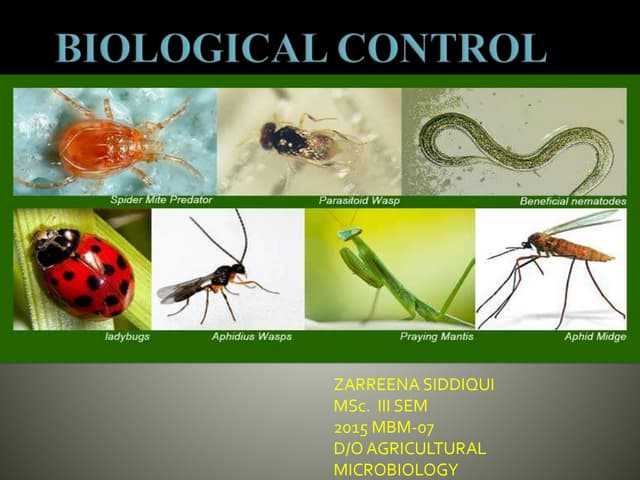

Whitewash is a simple and effective method for protecting trees and plants against aphids, moths, and fungi. It forms a physical barrier on the surface of leaves and stems, making it difficult for pests to lay eggs or feed on the plants. Additionally, the white color of the whitewash reflects sunlight, helping to reduce temperature fluctuations and sunburn damage.
Materials Needed
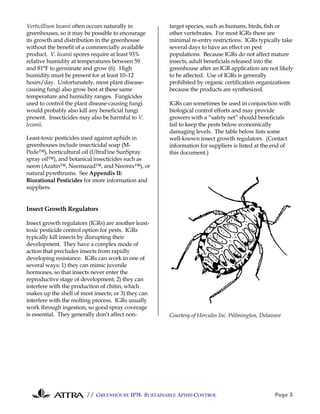

- Whitewash solution
- Paintbrush or sprayer
- Ladder or other equipment for reaching high branches
Steps to Apply Whitewash
- Prepare the whitewash solution according to the manufacturer’s instructions. Whitewash solutions are typically made from a mixture of lime, water, and optionally, additives such as fungicides.
- Choose a dry and calm day to apply the whitewash. Rain or wind can interfere with the application process and reduce the effectiveness of the whitewash.
- Dip a paintbrush or use a sprayer to apply the whitewash solution evenly onto the leaves and stems of the trees and plants. Make sure to cover all exposed surfaces, including the underside of the leaves.
- If you are applying whitewash to tall trees, use a ladder or other equipment to reach the higher branches. Take safety precautions and ensure stability before climbing.
- Avoid applying excessive layers of whitewash, as it can prevent sunlight from reaching the leaves and hinder photosynthesis. One or two coats of whitewash are usually sufficient.
- Allow the whitewash to dry completely before touching or watering the plants. Drying times can vary depending on the temperature and humidity.
Additional Tips
- Regularly inspect the plants for signs of pest infestation or fungal growth, and reapply whitewash as needed.
- Whitewash may need to be reapplied every few months, particularly in areas with heavy rainfall or high pest populations.
- If you prefer a natural alternative to commercial whitewash solutions, you can make your own using hydrated lime and water. However, be cautious when handling lime, as it can be irritating to the skin and eyes.
- Consult with a professional or local gardening resources for specific recommendations on whitewash application, as certain plants may have different requirements or sensitivities.
By following these steps and regularly applying whitewash, you can help protect your trees and plants from aphids, moths, fungi, and other common pests. This simple technique can contribute to the overall health and vitality of your garden or landscape.
Question-answer:
Why should I use whitewash to protect my plants?
Whitewash is a simple and effective method to protect plants from aphids, moths, and fungi. It acts as a physical barrier by covering the leaves and stems of the plants, making it difficult for pests and fungi to land and thrive. Additionally, whitewash reflects sunlight, keeping the plants cooler and reducing the risk of sunburn.
How do I make whitewash?
Whitewash can be easily made by mixing equal parts of water and lime. Lime-based whitewash is effective against various pests and fungi and is commonly used in gardening. Simply mix the water and lime until it forms a smooth paste-like consistency, and you’re ready to apply it to your plants.
Can I use whitewash on all types of plants?
While whitewash is generally safe to use on most plants, some delicate or sensitive varieties may be more susceptible to damage. It is always best to test a small area of the plant before applying whitewash to the whole plant. If there are no adverse effects after a few days, it should be safe to proceed with whitewashing the entire plant.
How often should I apply whitewash?
The frequency of whitewash application depends on various factors, such as weather conditions and the severity of pest and fungal infestations. It is recommended to apply whitewash at least once every season, or more frequently if pests or fungi are particularly problematic in your area. Regular inspections of the plants will help determine when reapplication is necessary.
Are there any alternatives to whitewash?
Yes, there are alternative methods to protect plants from pests and fungi. Organic insecticidal soaps and oils, as well as neem oil, can be effective against aphids and moths. Copper-based fungicides, such as Bordeaux mixture, can be used to combat fungal infections. However, whitewash provides a simple and cost-effective solution that can be easily applied to a large area of plants.
Can whitewash be harmful to beneficial insects?
Whitewash, when applied correctly, should not harm beneficial insects. It primarily acts as a physical barrier and does not contain any chemical insecticides or toxins that can harm beneficial insects. However, it is always a good idea to monitor the impact of whitewash on your local beneficial insect population and make adjustments if necessary.
What are some signs that whitewash is not effective?
If you notice the presence of aphids, moths, or fungal infections on your plants despite the application of whitewash, it may be a sign that the whitewash is not effectively repelling or preventing these pests. Additionally, if the whitewash starts to peel or wear off quickly, it may need to be reapplied. Regular inspections of the plants and monitoring their overall health will help identify any issues with the effectiveness of the whitewash.







